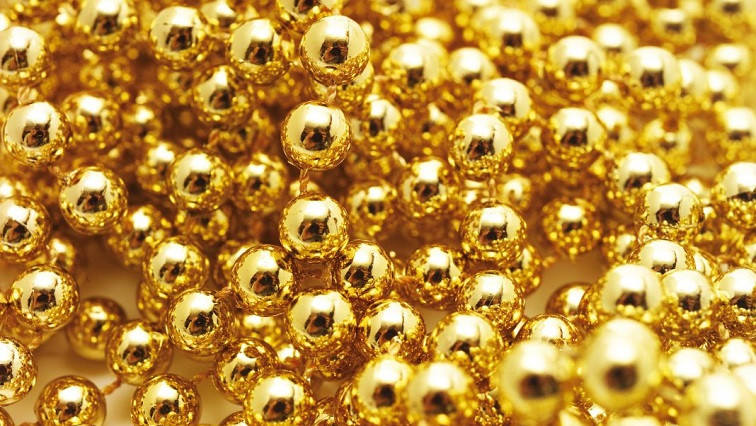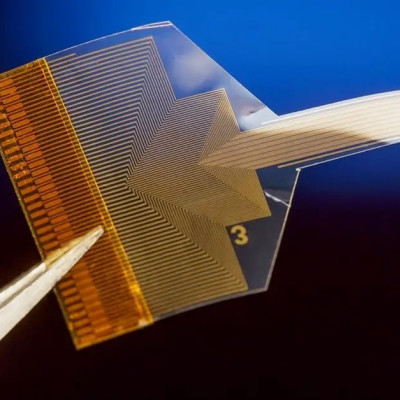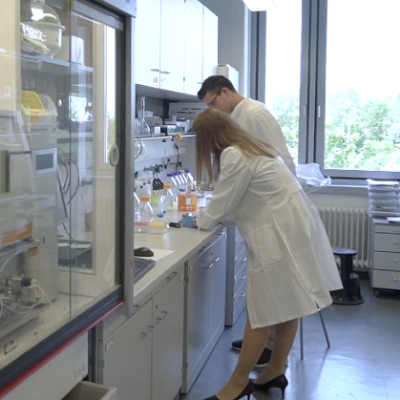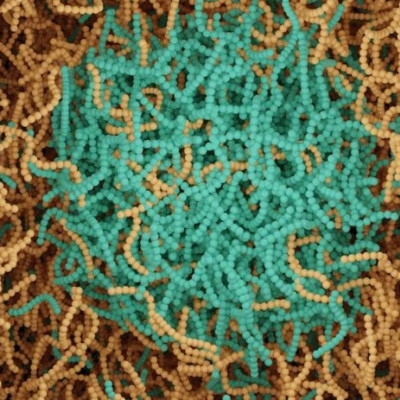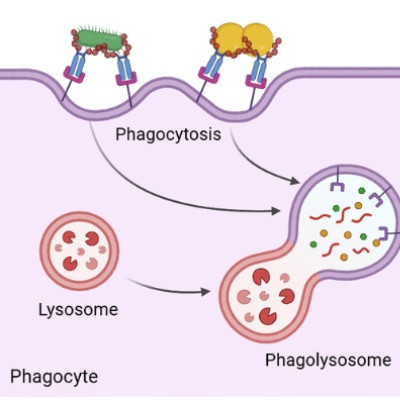Gold nanoparticles have been the subject of intense research for several decades due to their interesting applications in fields such as catalysis and medicine. Surface ligands” are organic molecules typically present on the surface of such nanoparticles. During synthesis, these surface ligands play an important role in controlling the size and shape of the nanoparticles.
For several decades, the CIC biomaGUNE team led by Ikerbasque Professor Luis Liz Marzán has been studying the growth mechanisms and properties of these gold nanoparticles in detail. Despite numerous advances that have recognised the importance of surface ligands, many questions remain about their exact behaviour during and after growth. Direct observation of surface ligands and their interface with gold nanoparticles has therefore been a long-standing goal for many scientists in this field.
Direct visualisation of ligands on gold nanoparticles in liquid media
Transmission electron microscopy (TEM) is the most widely used technique for investigating nanoparticles. However, the study of surface ligands by TEM presents significant challenges, as the ligands are sensitive to the electron beam, their contrast is limited and their structure in vacuum differs from their native state in solution. To overcome all these difficulties, the collaboration between Liz Marzán’s team at CIC biomaGUNE and the team led by Professor Sara Bals at the University of Antwerp (Belgium) has allowed the development of a new method to characterise surface ligands by TEM in liquid media.
The team has encapsulated gold nanorods surrounded by ligands commonly used in synthesis between two graphene sheets, creating a small liquid cell. This configuration allowed them to take advantage of graphene’s exceptional properties as a sample holder for TEM. Graphene not only enhances TEM imaging, but also reduces electron beam damage due to its excellent thermal and electrical properties. In this way, the research team was able to visualise the ligand shell and determine its composition.
The results of the study have provided new insights into the structure of the surface layer formed by the ligands. In particular, the real-time observation of a micelle (a small cluster of ligands) moving and colliding with an adjacent gold nanovara challenges the model of a possible static and uniform ligand layer.
The method proposed in the study opens up multiple opportunities to understand the role of surface molecules in the formation of more complex nanoparticles, such as chiral nanoparticles, whose growth mechanism remains largely unexplored (chiral particles can preferentially absorb light of a given polarisation, relative to the nanoparticle of opposite chirality). Furthermore, this method holds promise for studying the so-called “protein corona” that forms around nanoparticles dispersed in biofluids, which will be crucial for designing new diagnostic and therapeutic strategies for the treatment of diseases.
This groundbreaking research, recently published in Nature Chemistry, not only advances the understanding of the interactions between gold nanoparticles and ligands, but also provides an advanced characterisation tool for the design of nanomaterials and their applications in various fields of nanotechnology, such as nanomedicine, catalysis or sensing.
Read the original article on Basque Country Technology Park.

